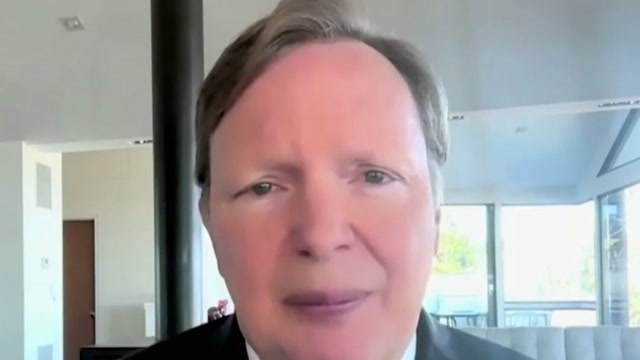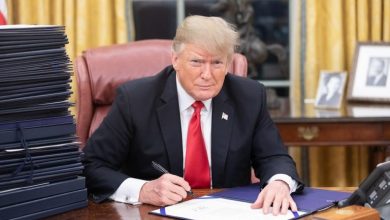Top Democrat Strategist Admits Early Voting Numbers Are “Scary” For Democrats

Top Democrat strategist Jim Messina sounded the alarm about early voting numbers, describing them as “scary” during a recent interview with former White House Press Secretary Jen Psaki. As key swing states prepare for Election Day, Democrats are expressing growing concerns over turnout figures, particularly compared to 2020. This comes as reports indicate that critical demographics, including young, Black, and Hispanic voters, have not turned out in the early numbers necessary for the party to feel confident about maintaining a lead.
Mark Halperin, a longtime political commentator, noted that senior Democratic operatives are showing up in states like Michigan and Pennsylvania to campaign door-to-door, which is unusual at this stage. “What you have now is tons of senior Democrats…who’ve run presidential campaigns…literally going to Michigan and Pennsylvania and door-knocking,” Halperin explained. The numbers in Pennsylvania are under particular concerning for Democrats, as a turnout gap compared to Biden’s 2020 lead would suggest an uphill battle for the Harris campaign.
Messina, who has been an unwavering supporter of both Biden and Harris, acknowledged in his conversation with Psaki that the current numbers don’t look promising. In a strikingly candid tone, he pointed out a notable shift: Republicans have seemingly altered their early voting strategy, no longer following former President Donald Trump’s previous directive to wait for Election Day. “Republicans do have an advantage in early vote numbers… It’s going to look a little bit different than 2020, and that’s scary,” Messina admitted. For Democrats, who traditionally excel in early voting, the lack of turnout thus far has set off alarms.
Republican strategist Sean Spicer also weighed in on the issue. According to Spicer, many Republicans have switched to early voting, partly due to efforts within the party to “bank” votes early, which minimizes risks related to bad weather or other obstacles on Election Day. “What Republicans did was change a pattern. Democrats are early voters by nature…if they’re not doing it now, why?” Spicer asked.
The early numbers show Democrats struggling in urban areas across swing states, including Philadelphia, Milwaukee, Detroit, Atlanta, Las Vegas, and Phoenix. These cities are critical for Democratic campaigns, as they typically draw large numbers of minority and younger voters. However, this election cycle, voter turnout among young people, Black and Hispanic communities has yet to meet expectations, posing a significant challenge for Democrats aiming to replicate or surpass Biden’s performance in 2020.
For Democrats, a weak turnout among these demographics may limit their ability to offset the substantial Republican turnout in suburban and rural areas as Democrats might find themselves in a precarious position as they approach Election Day. For Republicans, however, the news is optimistic.
High turnout rates among early voters in traditionally conservative areas, especially in Pennsylvania’s Allegheny County, signal that their new early voting push is bearing fruit. This could be pivotal in swing states where every vote counts. Spicer highlighted Pennsylvania, noting that while only 9% of registered Republicans there traditionally vote on Election Day, high early voting rates mean the party’s Election Day presence could still tip the scales in their favor.
Whether Democrats can turn the tide with a strong Election Day showing remains to be seen, but for now, the numbers are causing concern for party leaders.


